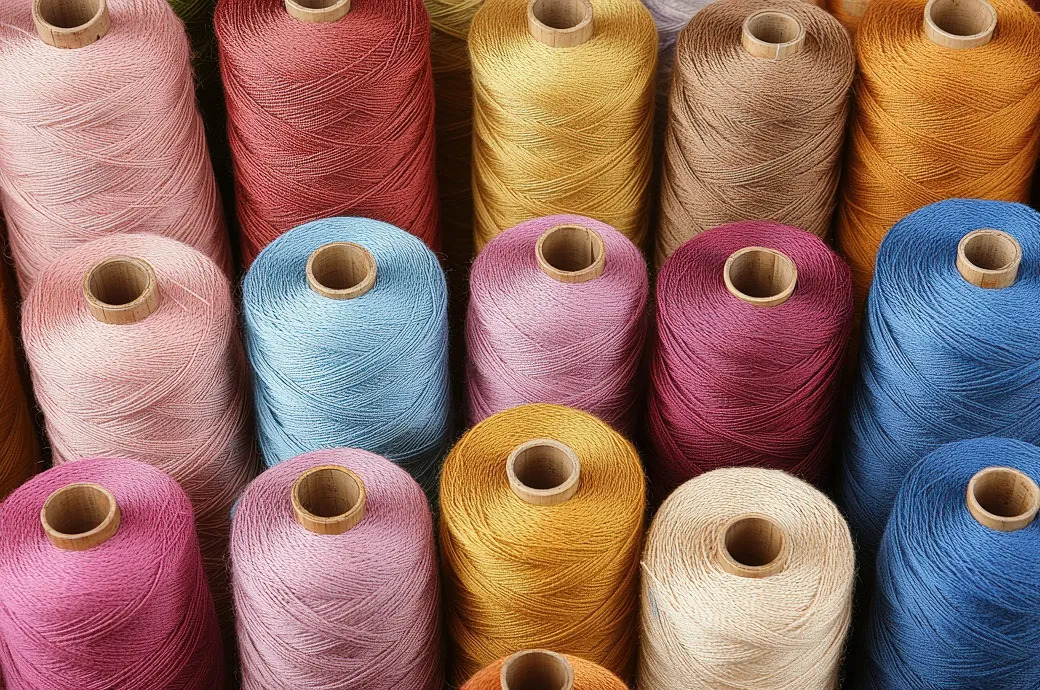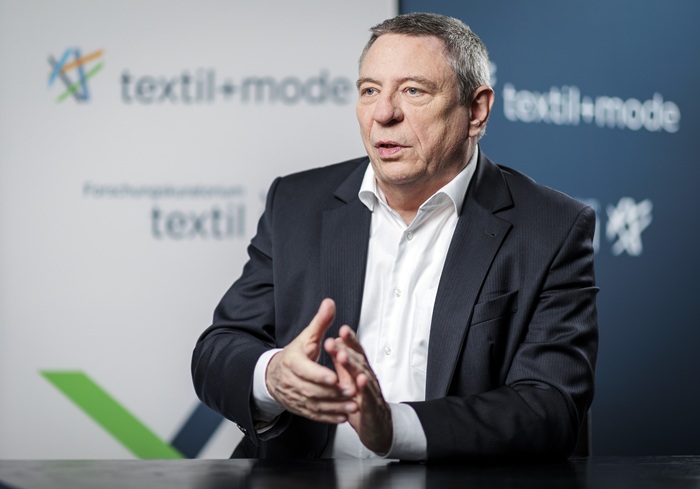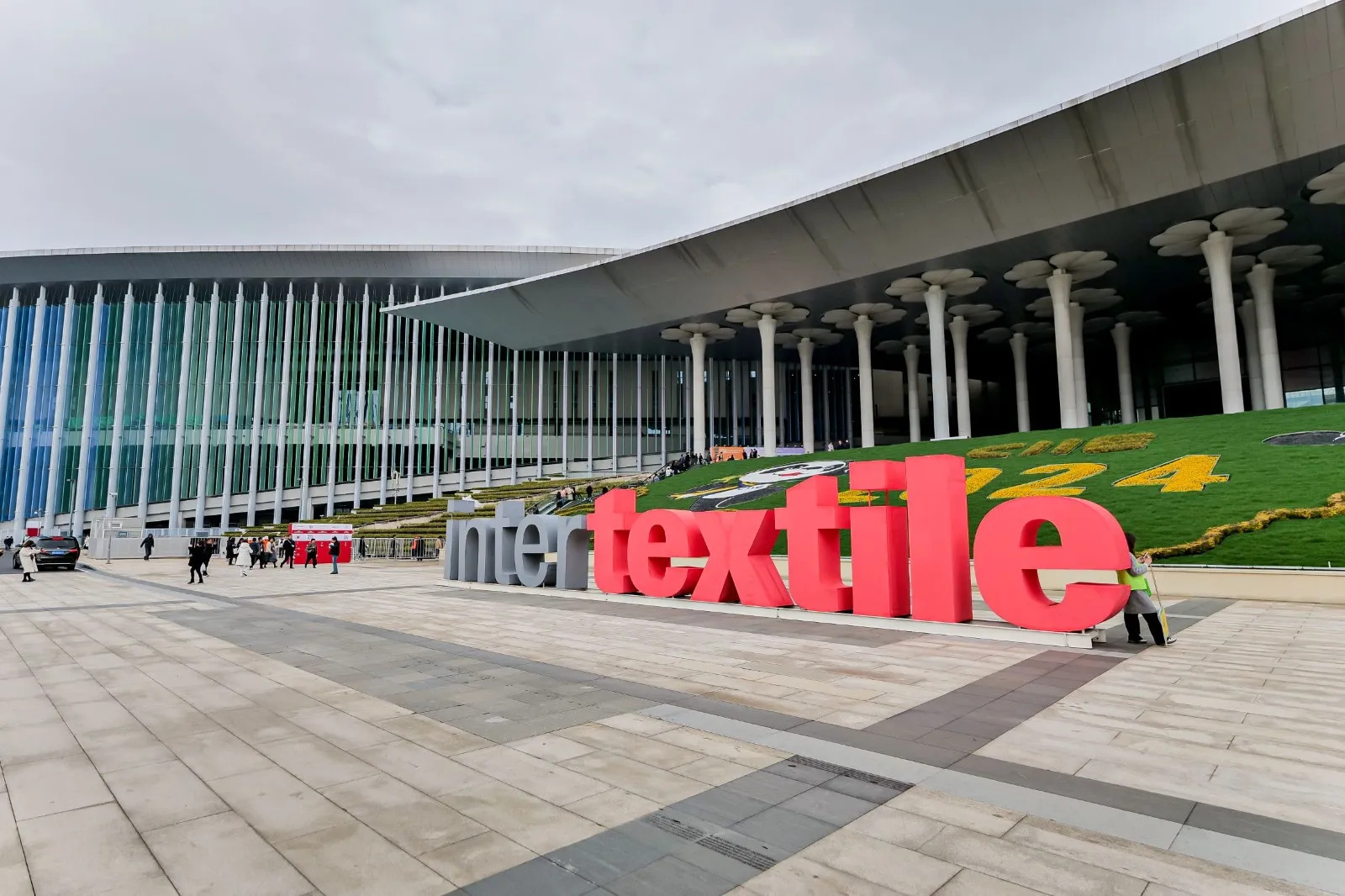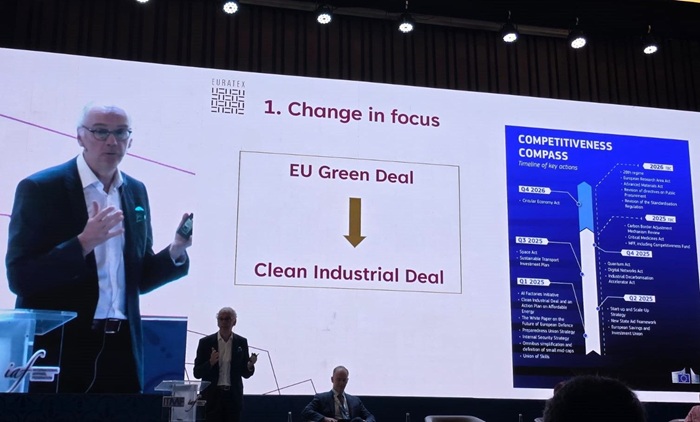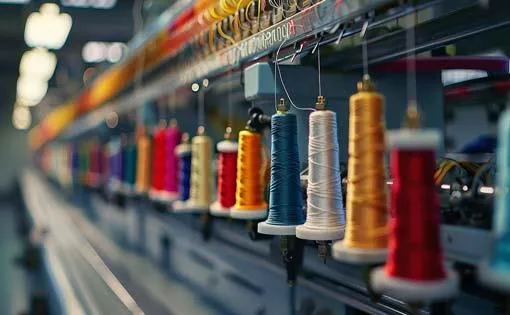
India's textile and apparel industry, while deeply rooted in history, faces significant supply chain challenges in fibers, yarns, and fabrics. Though renowned for its cotton and silk production, the industry struggles with modernization, fragmentation, and reliance on imports. These hurdles prevent it from fully capitalizing on the burgeoning domestic fashion market and establishing a dominant global presence.
A legacy industry at a crossroads
With a history tracing back to the Indus Valley Civilization, Indian textiles have long enjoyed global acclaim. Today, key manufacturing hubs such as Tirupur (knitwear), Surat (textiles), and Ludhiana (hosiery) remain integral to the sector. However, the industry faces structural challenges, including a fragmented supply chain, outdated technology, and logistical inefficiencies. Additionally, dependence on imported raw materials for specialized fabrics adds to production costs. Despite these issues, India’s growing fashion and apparel sector could serve as a powerful catalyst for change.
Growing influence of fashion and apparel sector
The Indian fashion and apparel market has seen major growth. Statista projects the sector will reach Rs 171.60 billion (approximately $20.8 billion) by 2034, growing at a CAGR of 4 per cent between 2025 and 2034. This growth is due to rising disposable incomes, urbanization, e-commerce expansion, and heightened awareness of global fashion trends.
Indian designers and brands are not just imitating Western styles but are innovating with uniquely Indian aesthetics. Designers like Manish Malhotra, Sabyasachi Mukherjee, and Anita Dongre are gaining international recognition, showcasing India’s rich craftsmanship. Additionally, the rise of conscious consumerism is pushing brands toward sustainability, eco-friendly textiles, and ethical sourcing.
Fashion’s impact on the textile supply chain
The fashion and apparel sector has the potential to transform the textile supply chain by driving demand, fostering innovation, and strengthening industry collaborations.
Demand as a catalyst: The growing appetite for diverse, high-quality fabrics encourages investment in fiber production, yarn spinning, and fabric manufacturing, leading to modernization and expansion.
Focus on quality & innovation: The need for advanced textiles, such as moisture-wicking and antimicrobial fabrics, pushes manufacturers toward innovation and technology upgrades.
Collaboration & partnerships: Strengthening ties between fashion brands and textile manufacturers ensures industry-specific needs are met while providing stability and long-term growth opportunities.
Investment & infrastructure: A thriving fashion industry attracts investment in textile parks, manufacturing facilities, logistics, and research institutions.
Key areas for action
Fiber diversification: Heavy reliance on cotton exposes the industry to price and yield fluctuations. Encouraging alternative natural fibers like linen, hemp, and bamboo, along with advancements in man-made fibers, will reduce dependency on imports.
Sustainability & circularity: The industry must embrace organic cotton, recycled fibers, and eco-friendly dyes while implementing circular economy practices like textile recycling.
Yarn & fabric manufacturing challenges: The sector remains fragmented, with many SMEs lacking economies of scale, investment in automation, and standardized quality control, affecting global competitiveness.
Supply chain efficiency: Inefficiencies in logistics, cold storage, and communication among stakeholders increase operational delays and costs.
Technology & innovation: Investing in automation, digital technologies, and R&D will help improve efficiency and competitiveness in the global market.
Skill development: Expanding training programs for textile engineers, designers, and manufacturing personnel is crucial to ensuring long-term growth and expertise.
Policy support: Policies that incentivize textile investment, support exports, and improve infrastructure are essential for sustained development.
Branding & marketing: Strengthening India’s global image through trade shows, digital campaigns, and ‘Made in India’ branding can enhance market positioning.
Many Indian brands and manufacturers are already making strides toward innovation and sustainability. For example, Fabindia a leader in natural fabrics and traditional Indian craftsmanship is supporting local artisans and weavers. R|Elan is pioneering sustainable fashion with recycled polyester and eco-friendly materials. Global brands like M&S are increasing reliance on Indian suppliers for ethically produced textiles.
The bottomline is India’s textile and apparel industry stands at a crucial juncture. By leveraging fashion as a growth driver, the country can create a robust and self-sufficient textile ecosystem, positioning itself as a global leader. However, success will depend on collaboration between fashion brands, manufacturers, policymakers, and research institutions. By focusing on innovation, sustainability, and skill development, India can weave a stronger, more competitive textile future, driven by the power of fashion.


